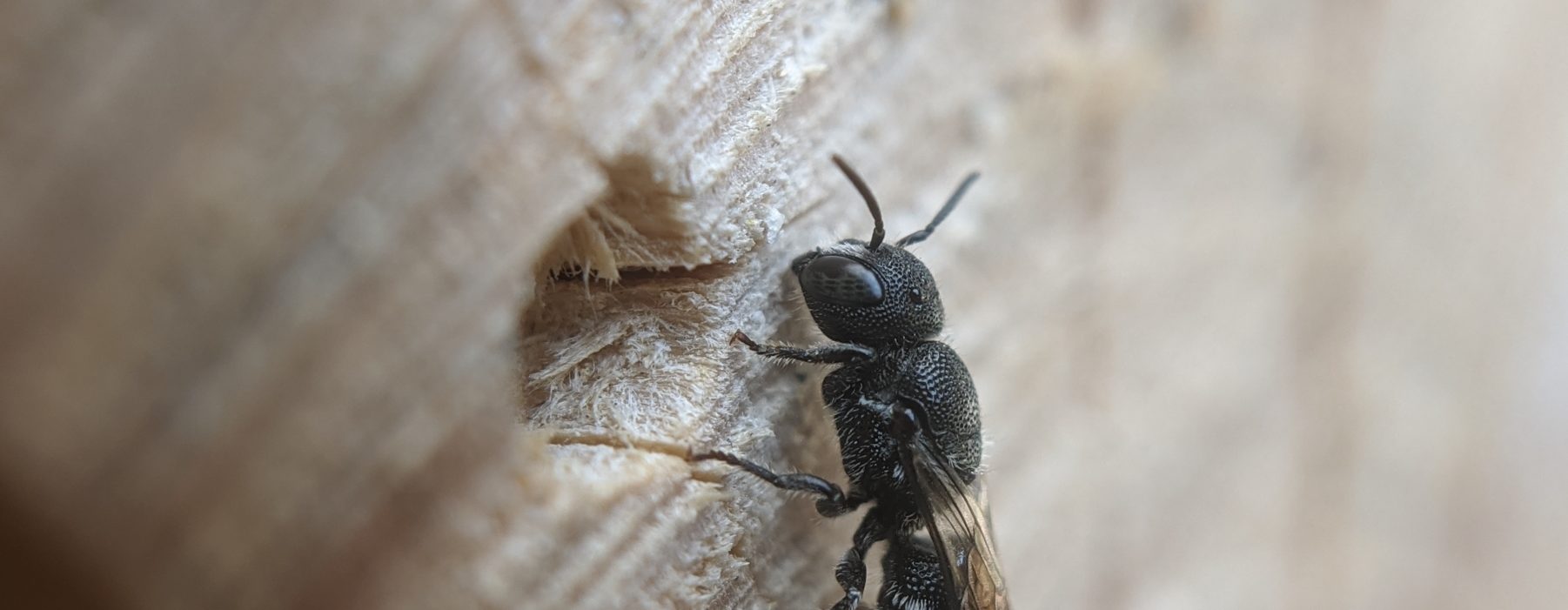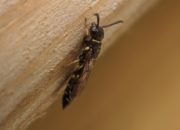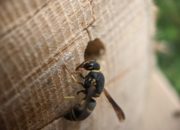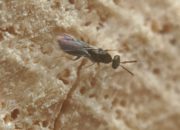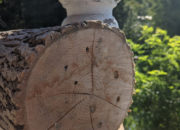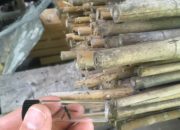Providing flowers is not the only way to improve habitat for bees. Many species have relatively specific nesting requirements that can easily be supplemented. Bee hotels are becoming a popular way to attract and support cavity nesting pollinators, which include numerous bee genera, primarily in the family Megachildae. If the hotels become occupied, they then attract additional species including cleptoparasites and scavengers, providing great photography opportunities. Caution should be taken to avoid the hotel becoming a breeding ground for invasive parasites and fungus.
Non-bee visitors
Simple hotel examples
Guides to building and maintaining bee hotels can be found here and here.
If you create a bee hotel, or find an active one, iNaturalist observations can be added to this project.
Possible Bee Genera
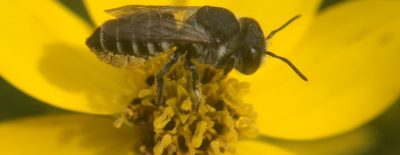
Leafcutter Bees (Genus Megachile)
A variable genus common through the summer and early fall. Some use leaf cuttings to seal their nests.
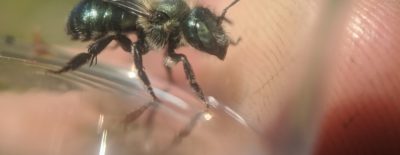
Mason Bees (Genus Osmia)
The classic bee hotel genus. At least one species is available for crop pollination. Most native species are blueish. Primarily active in the spring.
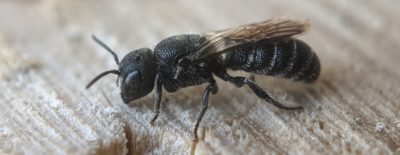
Armoured Resin Bees (Genus Heraides)
Small and dark, these bees can be recognized by their course sculpturing
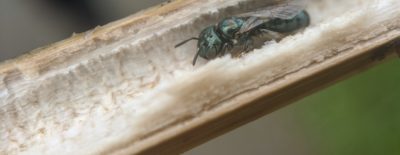
Small Carpenter Bees (Genus Ceratina)
Very common throughout the season. Nests in hollow stems of brambles, mints, sumac etc and will at least occasionally use bee hotels.
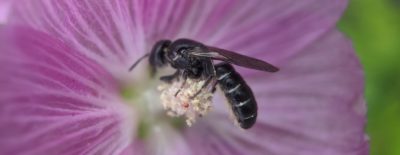
Scissor Bees (Genus Chelostoma)
Uncommon and poorly known in VT, but possible in gardens, especially in more urban areas.
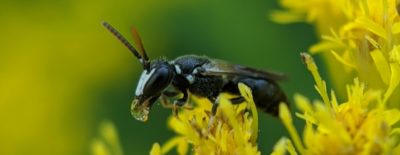
Masked Bees (Genus Hylaeus)
Some of our smallest bees, almost all have yellow or white markings on the legs and face
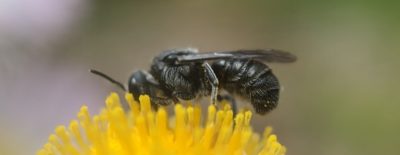
Cuckoo Carder Bees (Genus Stelis)
Rare cleptoparasites of Resin Bees and Mason Bees
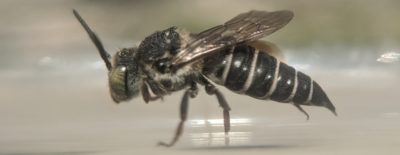
Cuckoo Leaf-cutter Bees (Genus Coelioxys)
Fairly common cleptoparasites of Leafcutter Bees.
